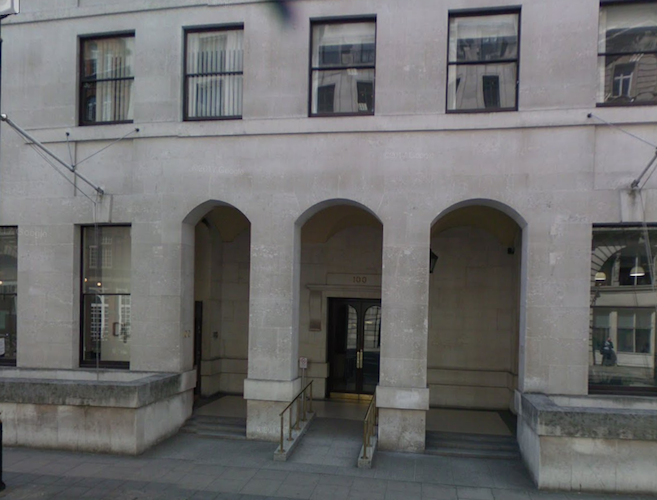The London Street we know as Pall Mall was named after a lawn game with Italian and French connections that was played there during the 17th century. It could equally have been named after a globally successful British sport – cricket.
It was on Friday 25 February, 1774 that the first official laws of cricket, including the leg before wicket (LBW) rule and the width of a cricket bat, were agreed at the more famous of the two Star and Garter taverns on the street at that time. Its address then was 94 and 95 Pall Mall, though the office building that occupies the site today is numbered 100, sandwiched between today’s Reform and RAC clubs.
The London Cricket Club, a precursor of the Marylebone Cricket Club – the illustrious MCC – had been founded nearly 50 years earlier and had its headquarters there, although main purpose of the Noblemen’s and Gentlemen’s Club that created it was, surprise, surprise – to encourage gambling. Throughout the 18th century cricket was funded by gambling interests and attracted very large stakes.
Cricket was not the only sport nor the only sporting industry started by this multi-functional entity at the pub. In 1750 the Jockey Club, which laid down the rules for horse racing, was set up there, before it moved to Newmarket. Sporty people deemed of appropriate merit were allowed to join it, but not, of course, jockeys themselves – this was England, remember.
Not content with nurturing the development two of Britain’s biggest sports, the site of the Star and Garter also saw the foundation of one of Britain’s biggest industries. British Gas can trace its origins directly back to 1806 when Frederick Winsor started experiments with producing gas from coal in Pall Mall and set up the Chartered Gas Light and Coke Company. It is claimed to be the world’s first public gas distributor and indeed the first public utility in the world.
On 4 June, 1807 Winsor’s carbonising furnace dispatched gas along small pipes to illuminate gas lights in the nearby Carlton House, home of the Prince Regent. It is ironic that at a time when there is so much controversy about foreigners taking over our utilities that Winsor was born Friedrich Winzler, a Moravian. The first gas lamps were erected in Pall Mall where they burned brightly until very recently when they were replaced as part of “improvements” to the neighbourhood.
All previous instalments of Vic Keegan’s Lost London can be found here.

